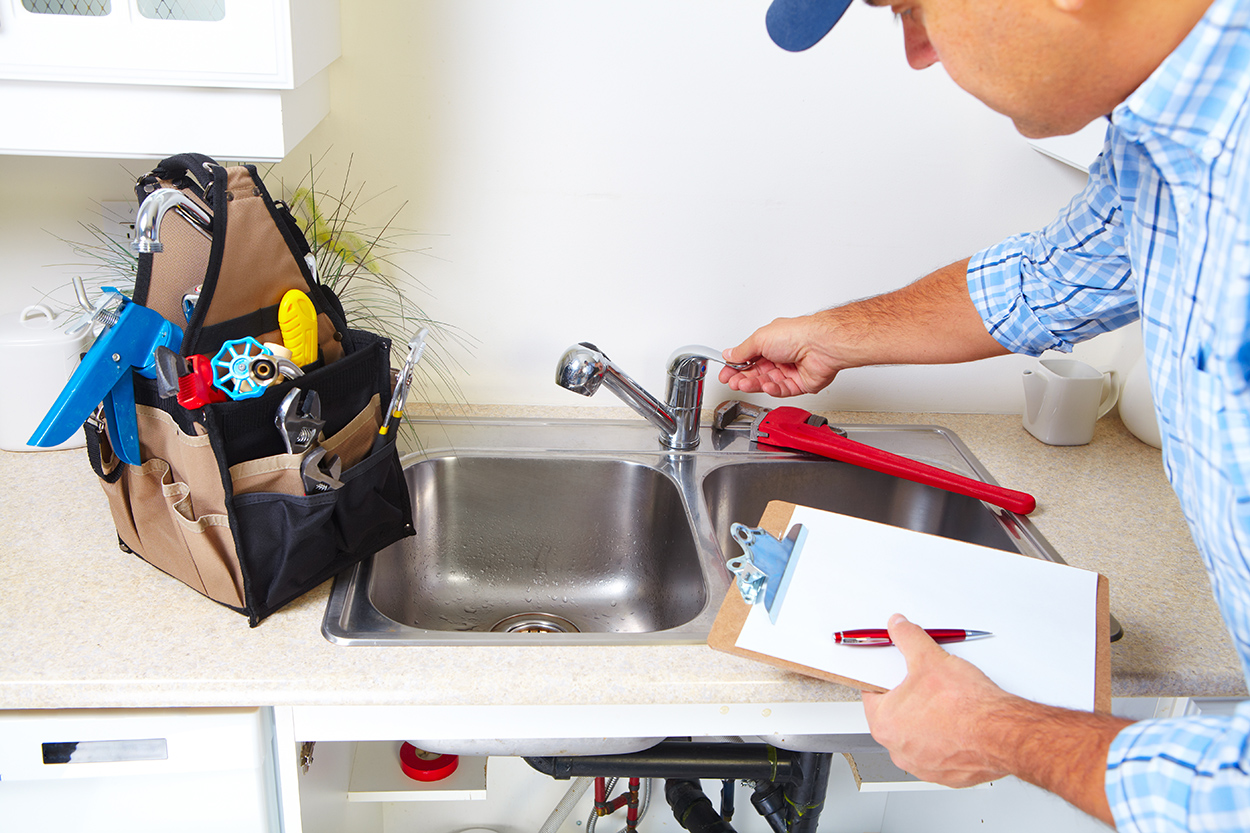
Blocked Toilet
A blockage in your toilet can be a major hassle for any home or business owner. Luckily, not all blockages require the assistance of a plumber. In this piece, we’ll tell you how to determine what might be causing the problem and how you could go about fixing it on your own.
Backed up or slow flushing toilet
Most modern toilets are required to wash away large amounts of material, and they do so with admirable efficiency. If you notice that your toilet has been flushing more slowly than usual, or water is reaching higher up in the bowl than it should, you may be witnessing the beginnings of a blockage.
Clogged soil stack or sewer line
These are some common causes of a blocked toilet. Before you start working to fix the blockage, you should try and determine what may have caused the blockage if you have accidentally dropped something in the bowl, for example, or have flushed a larger than normal amount of material. If you have accidentally flushed something solid, you shouldn’t use a plunger, as this may push the offending object further into your system making it harder to retrieve.
In this situation, you should try using a length of wire to retrieve the object, which may be caught in the trap. If you have the tools, you could try and remove the toilet and then use wire to retrieve the obstructing object.
If it is only the toilet that is flushing slowly (and your home’s other drains are working as they should) then it is likely that the blockage is located within the toilet’s system.
How to unblock a toilet using a plunger
You should only use a plunger if you are sure that no solid objects have accidentally been flushed down the toilet. First of all, you should turn off the tap which feeds water into the cistern. This will ensure that excess liquid is not flowing into the bowl – this is an important measure in reducing the unsanitary splashing about of toilet liquids. Once the tap has been turned off, you should wait a few minutes for the water levels to recede.
If the blockage is located near the fixture, a plunger can be extremely effective in dislodging it. Try flushing the toilet and plunging as the water flows into the bowl. It may be a good idea to plug any sinks or drains also located in the bathroom, as plunging the toilet could cause liquid to emerge from these systems.
Don’t give up if the blockage isn’t cleared immediately, you may need to persist for a while when plunging as it can take time for the blockage to become dislodged. Make sure that you don’t flush the toilet if there is already a large amount of liquid in the bowl. You risk getting a bacterial infection if you allow sewerage material to come into contact with your eyes, skin, or even clothes. Make sure that you clean yourself thoroughly once you’ve finished dealing with your blocked toilet.
If you are unable to clear the blockage, you should call us for professional assistance. In the mean time, you can hire a portable toilet or use a camping toilet unit to minimise inconvenience – you definitely should not attempt to use a malfunctioning toilet, especially if someone is coming to work on it for you.
As with all plumbing problems, some blocked toilets can be fixed fairly easily on your own. But if you are unable to do so, the system likely needs a professional inspection and repair.












